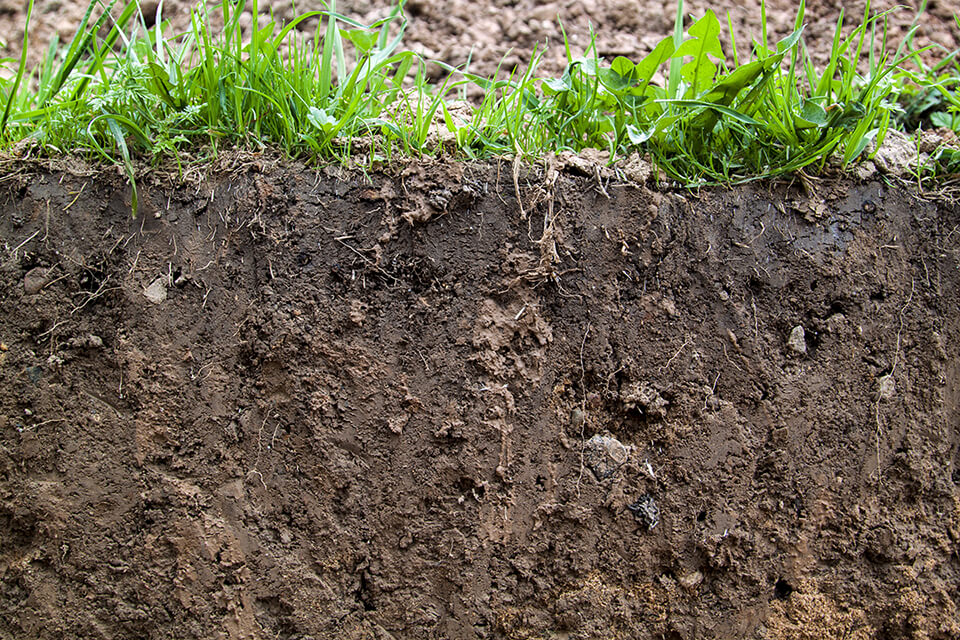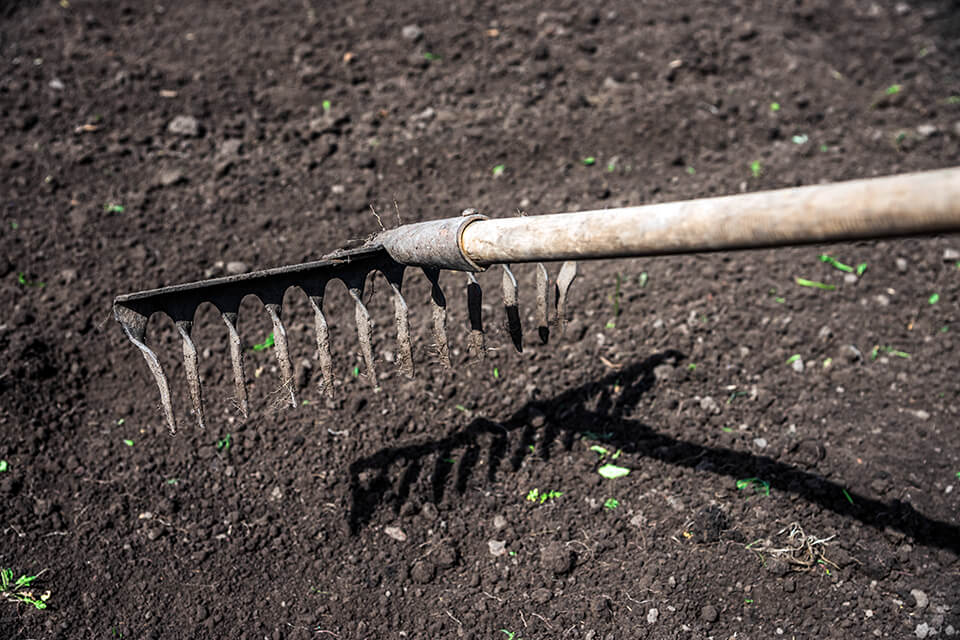When planning a gardening or landscaping project, it’s essential to choose a suitable material. One of the most popular products is topsoil, which has many residential and commercial projects. Using it correctly will help you grow healthy and long-lasting lawns, flowers, plants, and trees.
Just as its name suggests, topsoil, or often misspelled as top soil, is the top layer of soil on the surface of the earth that usually runs about 5 to 6 inches deep. It’s full of organic matter like decomposed roots, leaves, and bugs, which turns the soil richer and darker than the layers below it. Organic matter is where new plants get the bulk of their nutrients from, making topsoil the most valuable layer of dirt; and rightly so since it can take over 5oo years for an inch of topsoil to form.
Most aggregate suppliers like us offer different variations of topsoil – straight and mixes. Straight means the soil has been collected with nothing else blended in instead of mixtures with manure, sand, peat moss, or compost added. Straight topsoil would simply be sifted to remove rocks, roots, and debris and then sold as-is. Depending on where it originally came from, it may naturally have a higher clay or sand content. If you’re curious about the quality and contents, you can ask to see a sample or soil test results.

Topsoil can be used in various landscaping projects such as starting gardens, plant and flower beds. It can also be used to fix lawns, bare spots and create better drainage. Choosing between straight topsoil and mixes depends on your application. For example, according to our top soil test results, our straight product is suitable for when you just need new topsoil. However, contrary to common belief, fertilization is still required for successful plant growth, even for good quality topsoil. Our mixed topsoil with 1/3 manure, on the other hand, is an excellent soil amendment that can be used to amend or fertilize existing soil organically. In some scenarios, you can use either as it is more of a personal preference. For example, the nutrients in manure mix make it great for gardening and sod and make it prone to weed growth and smell. Also, it could be too nitrogen-rich for flowers, and the nutrients add no benefits if used solely for grading.

Start by tilling the top few inches of existing soil and then add a 3-inch layer of the topsoil you purchased. Till the soil one more time to create a 6-inch layer that is now a mix of existing soil and added topsoil. This mixed layer acts as a smooth transition layer, cutting down on growth and drainage issues that may occur.
If you’re adding topsoil to grow new grass, flowers, or plants, carefully consider the timing of your project. Spring or fall is the best time to do so because rainfall encourages biological activity. You should also consider having your soil tested after topsoil has been added, in case the pH and nutrient levels in the soil need to be amended prior to planting.
Not everyone has a green thumb, so it’s alright if you need help choosing the right material, our team at Serbu would be more than happy to assist. We also carry screened straight topsoil, 1/3 manure mix and deliver them throughout southern Sask. If you need to figure out how much you need, try our online landscaping calculator. For our other gardening tips, check out our article on xeriscaping.
Please note that we’re not associated with Serbu & Sons in Regina, SK.
© 2024 • Web Design by Project Pi